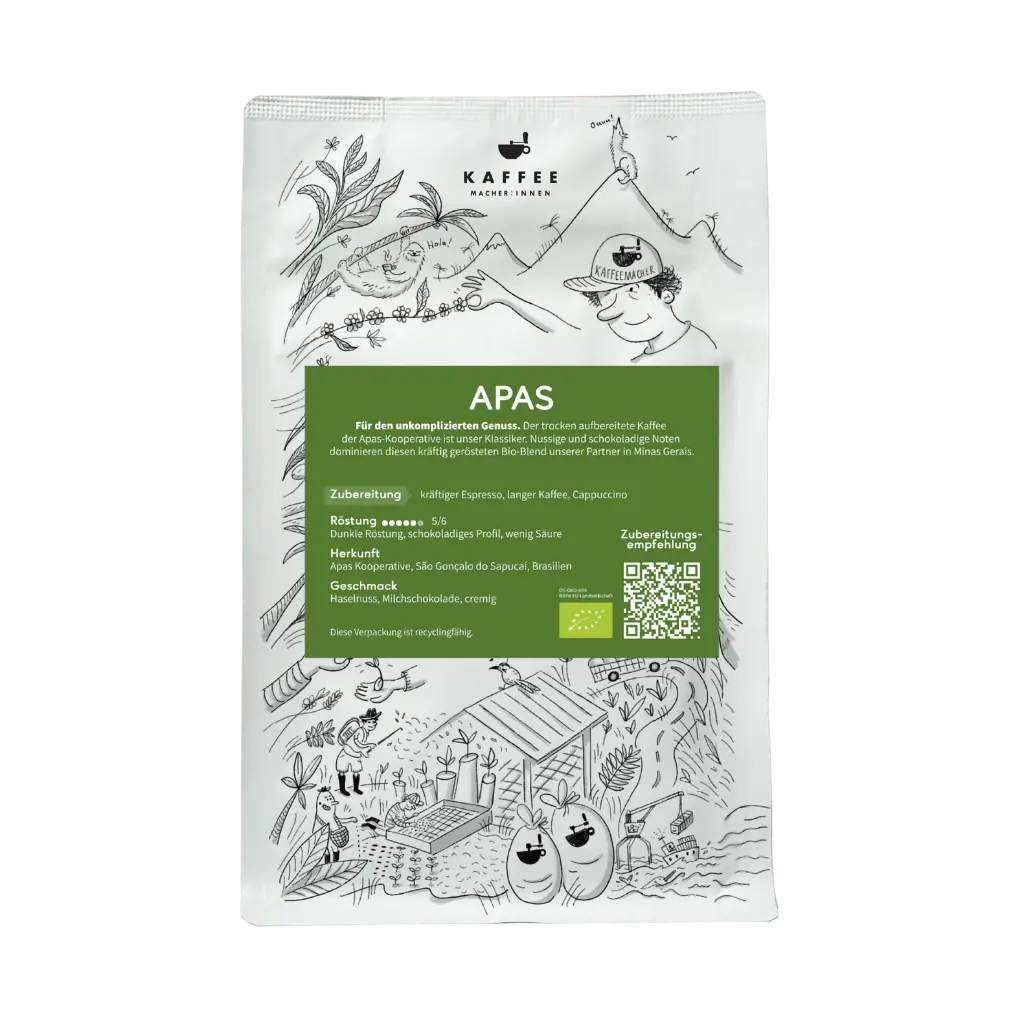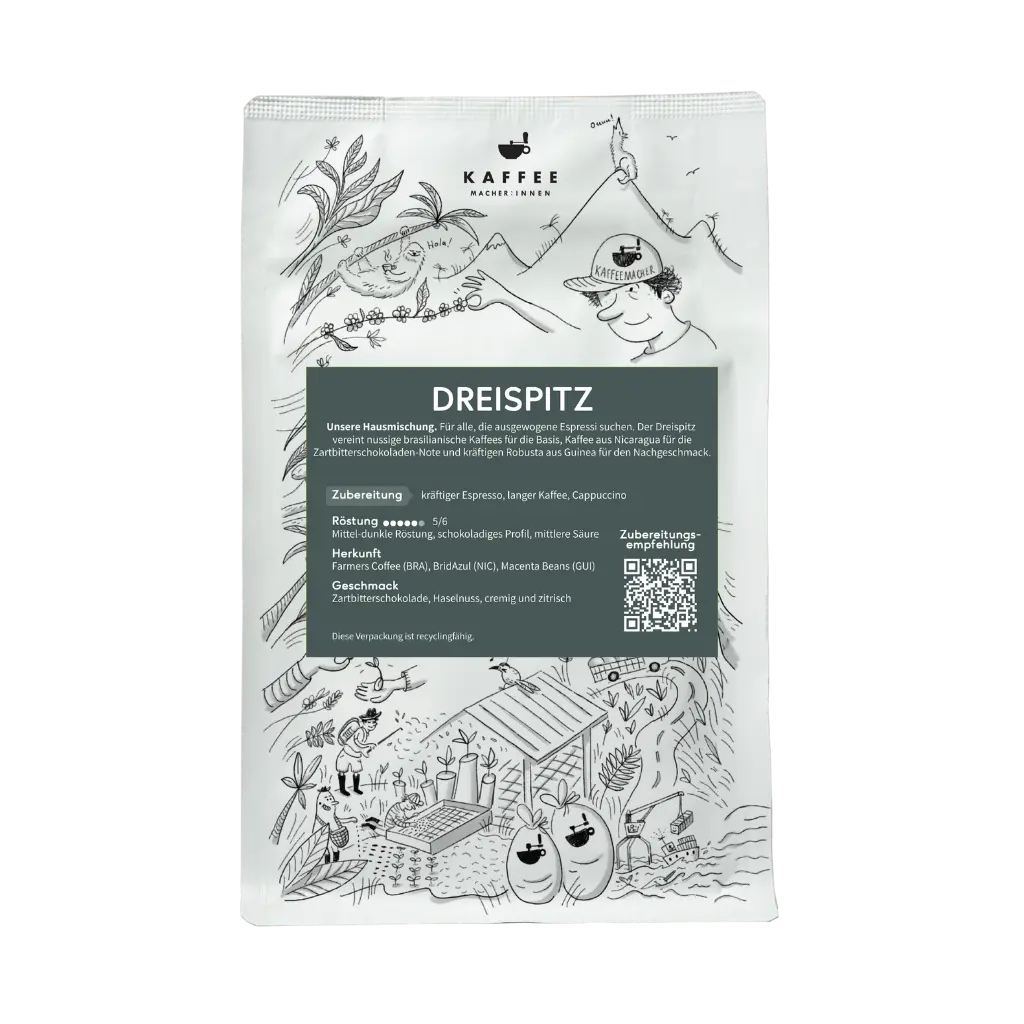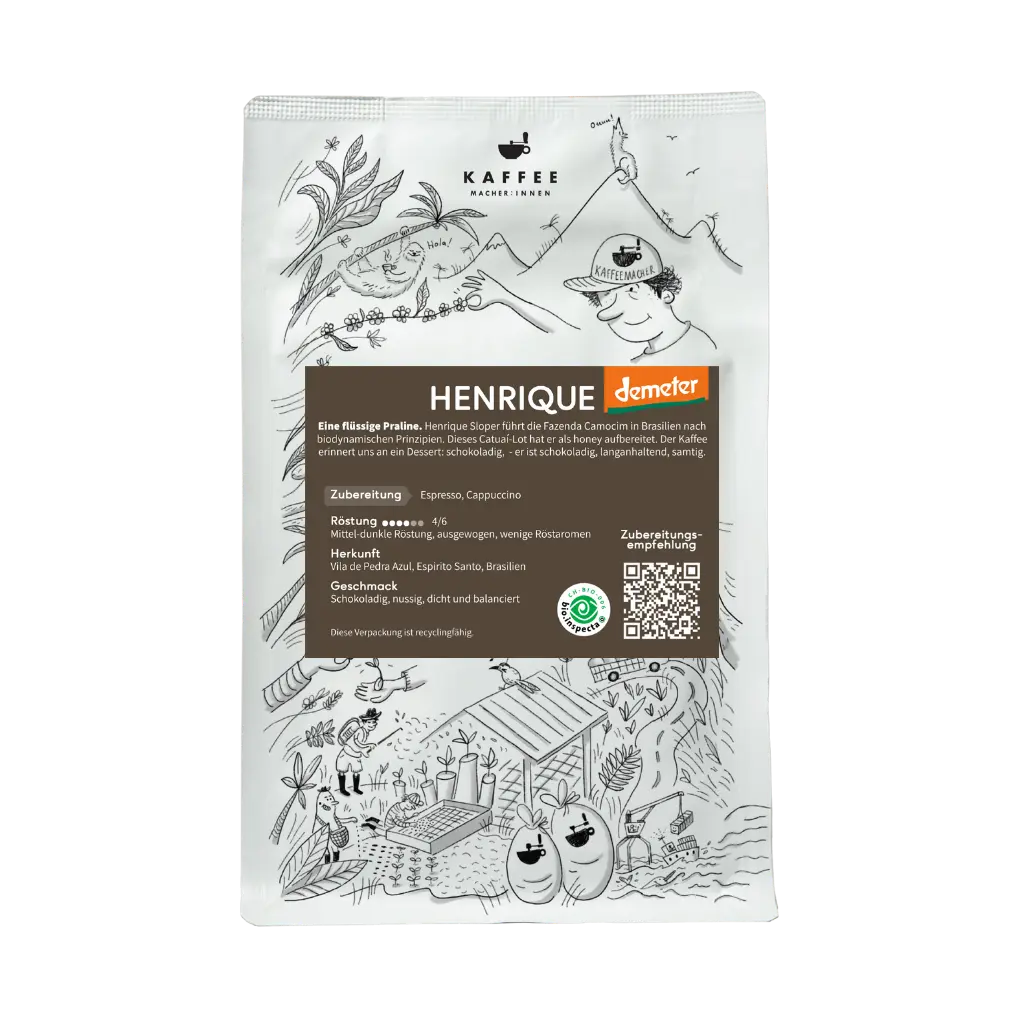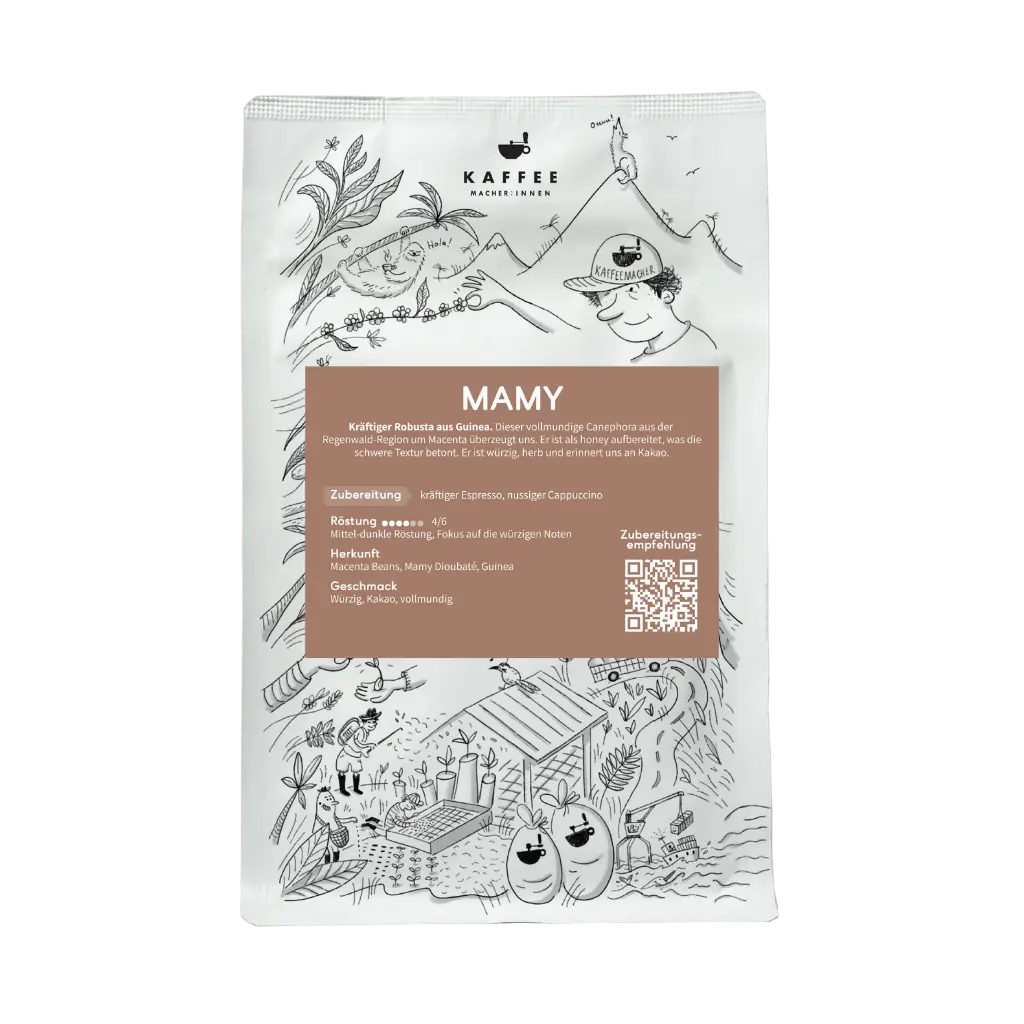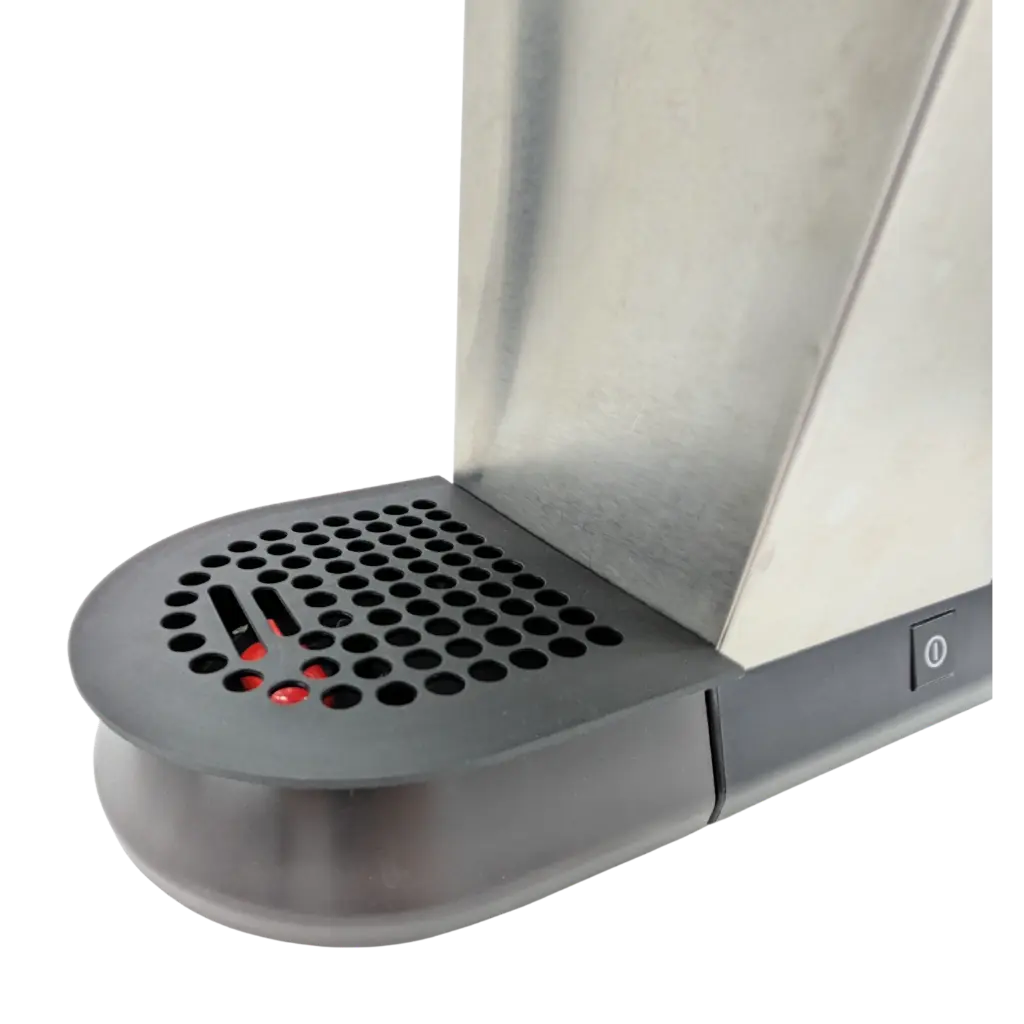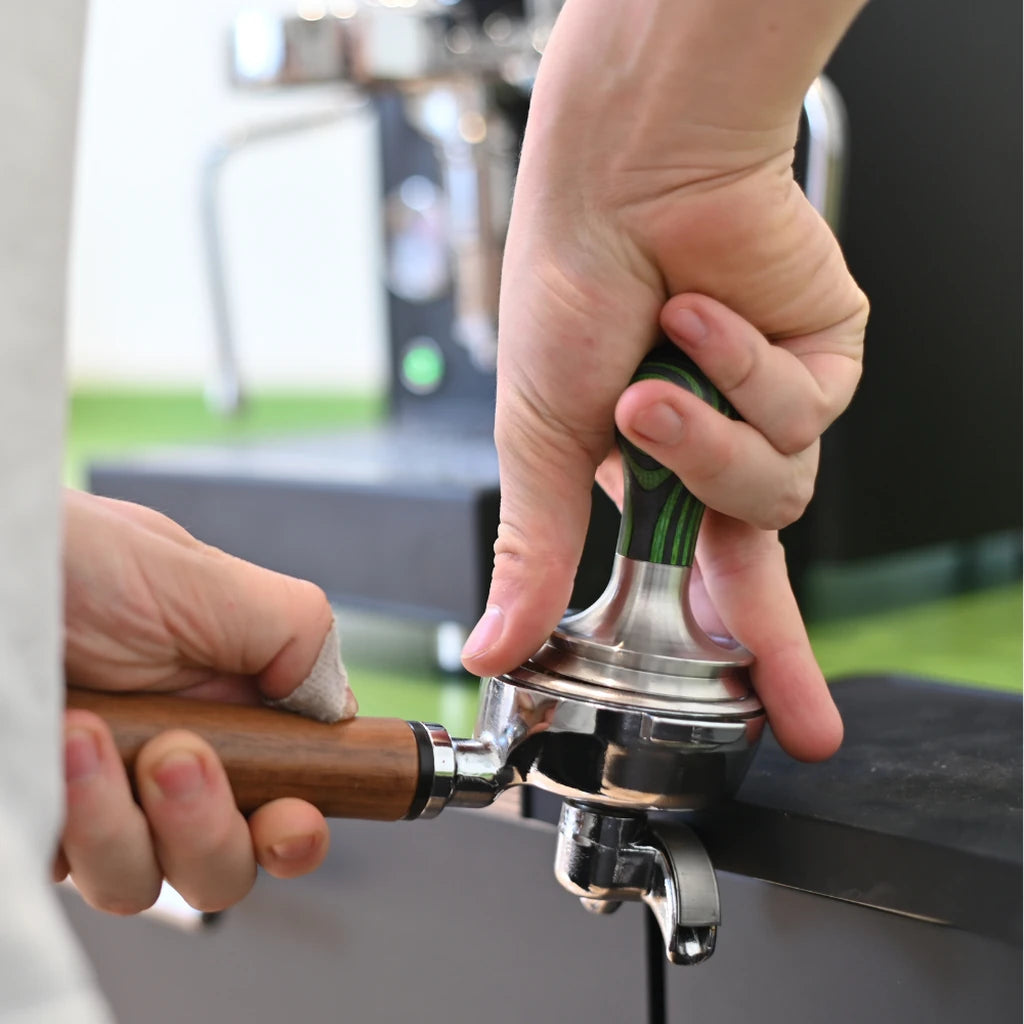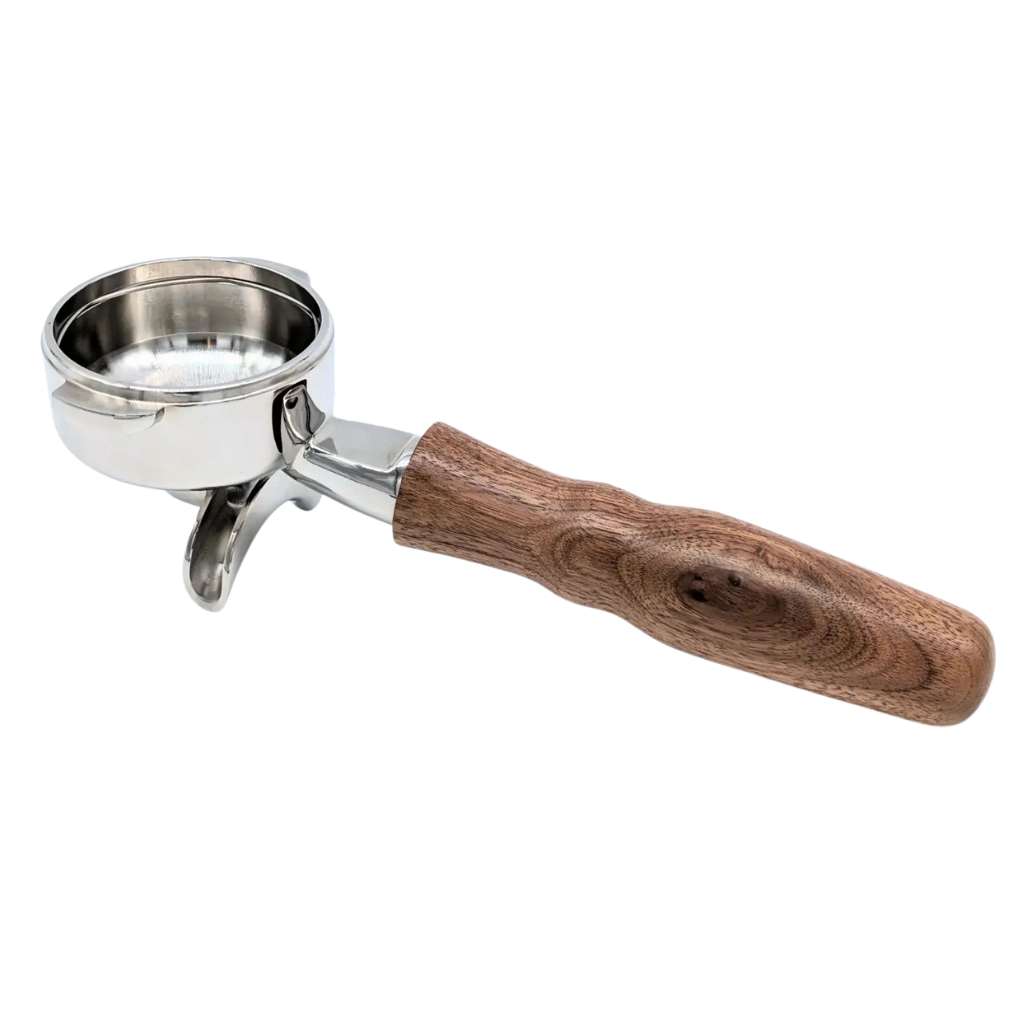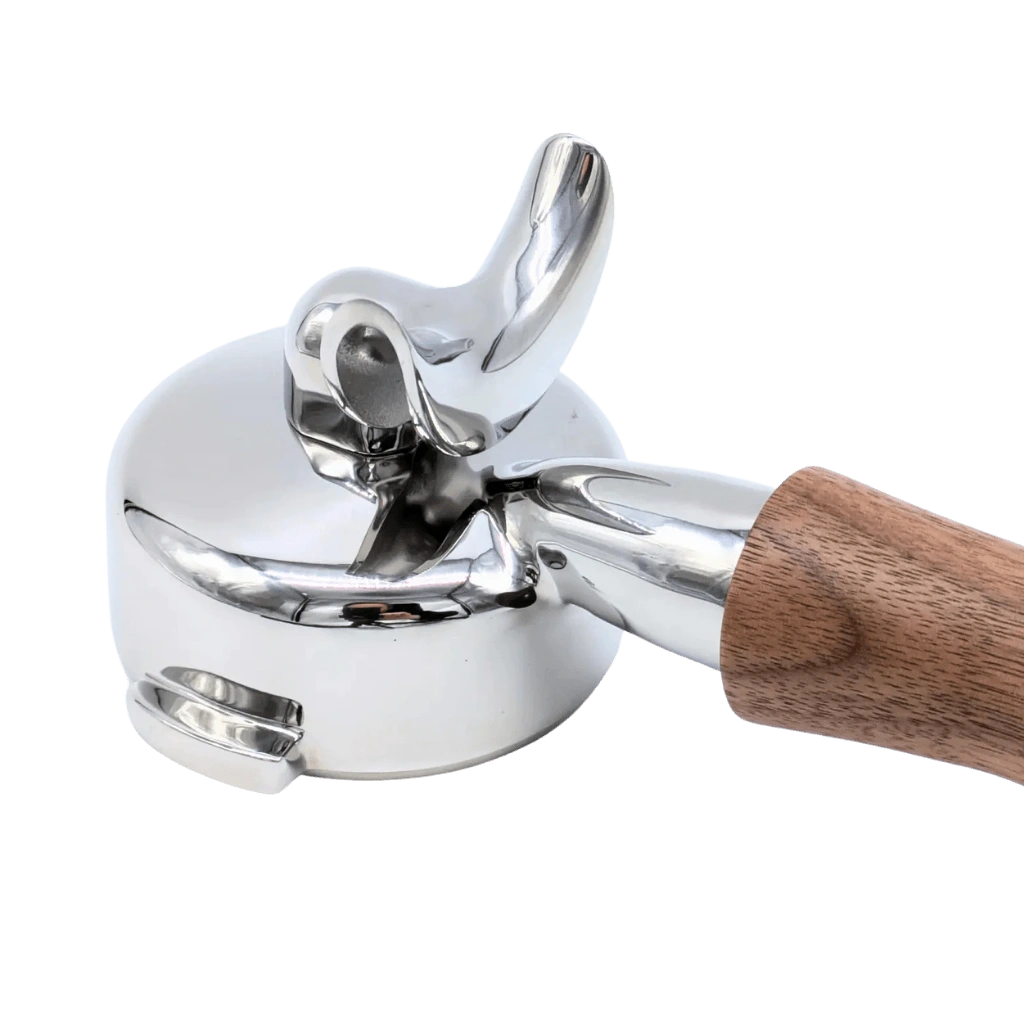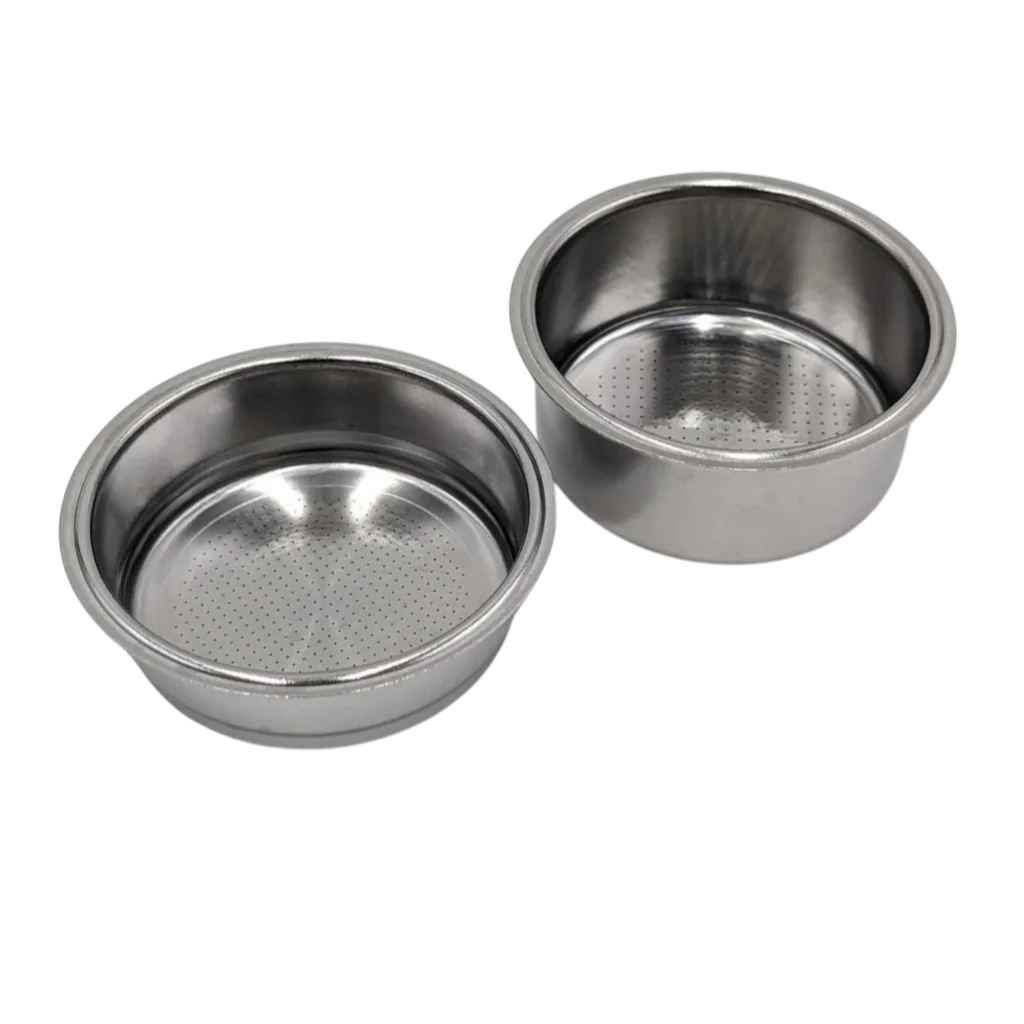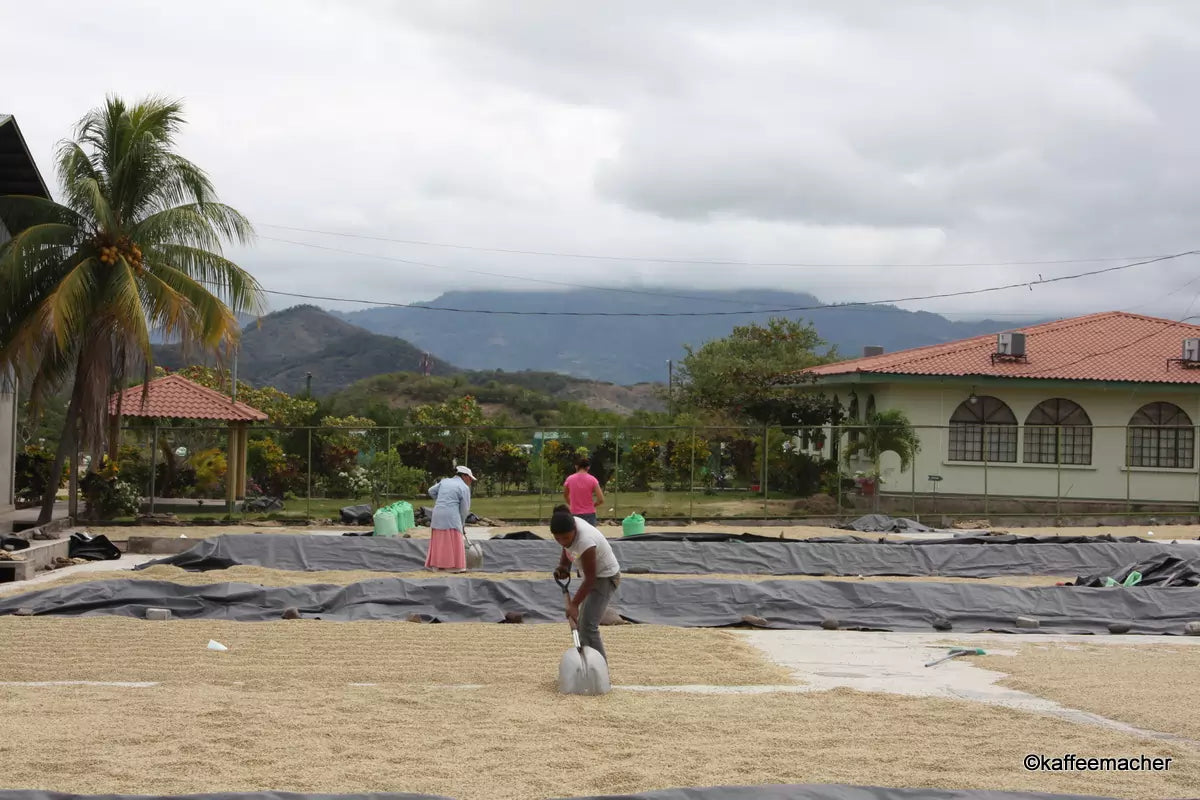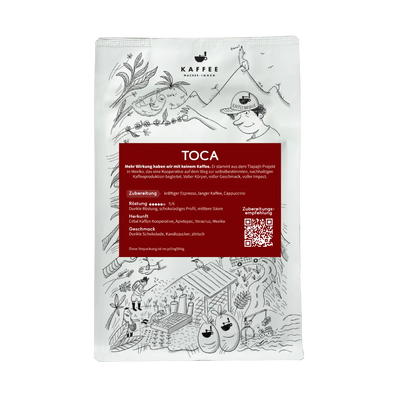Yesterday, coffee prices on the NYSE closed at US$246.75/100l. At the beginning of November, the price was US$208/100lb, and yesterday, December 7, 2021, it reached its highest level of 2021: US$252.33/100lb. For some, this is cause for concern; for others, it is cause for celebration.
This article is a guest post by Kleber Cruz. Kleber works for GEPA in Germany, and we greatly value his extensive knowledge and insight into the coffee market.
Given the current market situation, I believe it's more important than ever to cultivate closer ties with cooperatives. This is especially important for those who buy directly from producers or cooperatives. Because, even if they don't want to, they risk being caught in the crossfire, especially now in Central America, where the harvest is in full swing and trade relations are severely impacted by liquidity problems, container shortages, and, above all, price fluctuations. High price periods last a few months (between 3 and 7, except for 2010-2012, when the Roya severely damaged coffee plots) and were usually related to drought or frost in Brazil. Low price periods last for years. The last time coffee prices exceeded the magic mark of US$200/100lb was in 2014, and then only for a short time. In the following years (2015–2020), average coffee prices ranged between US$131/100 lb and US$111/100 lb. At such price levels, even the most ambitious goal is to cultivate coffee wisely; the producers' need to catch up in terms of quality of life is immense.

Coffee chart from December 10, 2021, from finanzen.ch
Fluctuating prices, container shortages, and liquidity bottlenecks are not a pleasant prospect for many organizations, especially because they know from past experience that producers' commitment is severely tested in such times.
In Central America, the harvest has long since begun, and local prices are sometimes higher than world market prices. Buyers, so-called coyotes, of all sizes compete with the cooperatives for the farmers' coffee. The coyote even goes to the farmer's doorstep and buys the entire pergamino without any quality control, documentation, or anything similar. He buys without any effort on behalf of the producers. He pays in cash, and his prices are often slightly higher than those of the cooperatives.
Cooperatives set the purchase price for coffee at a general meeting or a meeting of members or delegates. Some cooperatives pay twice: first when they purchase coffee and then a final payment months later. Other organizations pay a quality premium; often, the cooperatives have to adjust their prices to the coyote's just to get the coffee from the farmers. Being part of a cooperative means work: The farmer has to be involved in the organization, they have to deliver good quality coffee to the cooperative (in return for a better price), they have to complete the tasks for organic certification and other quality seals, and if they also deliver microlots, that naturally takes even more time and effort. None of this is necessary when selling to a coyote.
Especially when prices have risen as much as they have in recent months, and the producers' need to improve their quality of life is immense, the temptation to sell their coffee to the coyotes is great. And some farmers do indeed choose to do so. They sell to the coyotes. Given good prices, they also become coyotes, buying coffee from relatives, neighbors, or other acquaintances who are not members of the cooperative, and, whenever possible, pass this coffee on to the cooperative as their own.
In this competition between cooperatives and coyotes, the cooperatives don't completely lose out; they just don't get the quantities they need to fulfill their contracts and thus achieve good prices. And this is precisely what tempts many coffee cooperatives to become coyotes themselves, i.e., to buy coffee from non-members.
Especially when prices are as high as they are currently, the temptation is very strong for some cooperatives to produce coffee locally without obtaining any certification, stretching existing qualities to fulfill contracts and sell even more volumes. Whether this is right or wrong remains to be seen. Such developments are only possible if coffee farmers have not received a fair price for their coffee for years.



